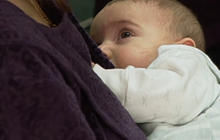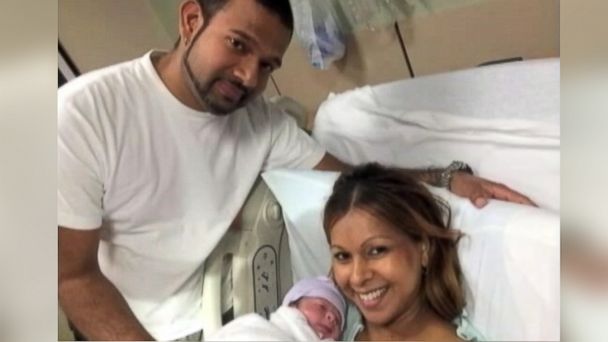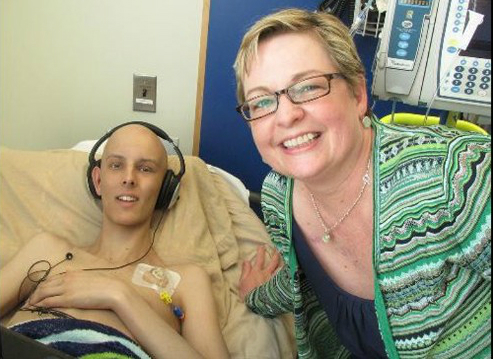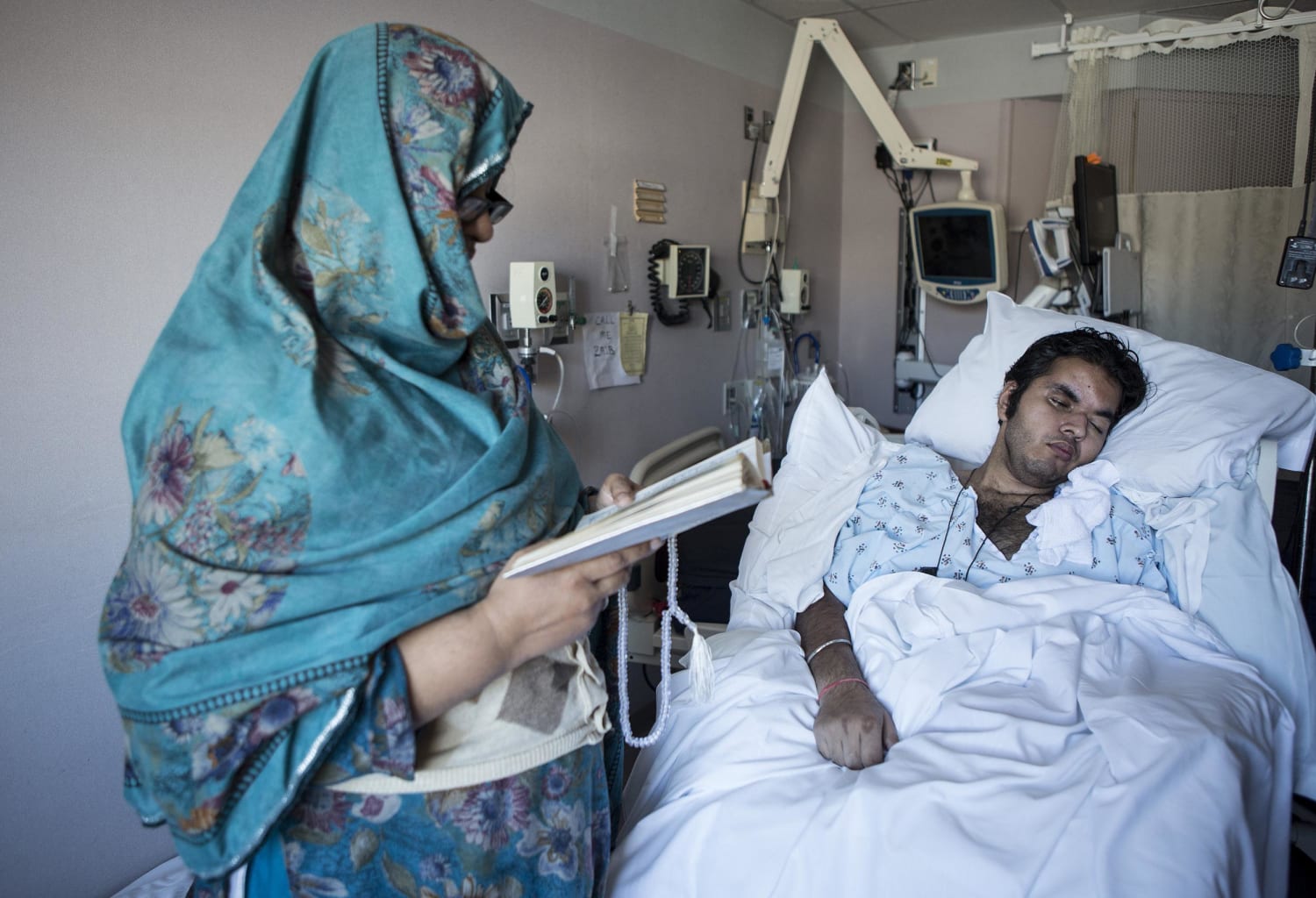
Skipping breakfast may increase chances of a heart attack. A study of older men found who continuously skipped breakfast had a 27 percent higher risk of a heart attack than those who have a morning meal. There’s no reason why the results wouldn’t apply to other people, too, the Harvard researchers said.
Other studies suggested a link between breakfast and obesity, high blood pressure, diabetes and other health problems seen as symptoms to heart problems.
Why would skipping breakfast be a heart attack risk?
People who don’t take breakfast are hungrier later in the day and eat larger meals in the afternoon. This means the body gets a larger amount of calories in a shorter amount of time. By eating so the sugar levels in the blood will increase and perhaps clogged arteries.
But eating syrupy pancakes, eggs and bacon really better than eating nothing? “We don’t know whether it’s the timing or content of breakfast that’s important. It’s probably both,” said Andrew Odegaard, a University of Minnesota researcher who has studied a link between skipping breakfast and health problems like obesity and high blood pressure.
The new research was released Monday by the journal Circulation. It was an observational study, so it’s not designed to prove a cause and effect. But when done well, such studies can reveal important health risks.
The researchers surveyed nearly 27,000 men about their eating habits in 1992. About 13 percent of them said they regularly skipped breakfast. They all were educated health professionals — like dentists and veterinarians — and were at least 45.
Over the next 16 years, 1,527 suffered fatal or non-fatal heart attacks, including 171 who had said they regularly skipped breakfast.
In other words, over 7 percent of the men who skipped breakfast had heart attacks, compared to nearly 6 percent of those who ate breakfast.
The researchers calculated the increased risk at 27 percent, taking into account other factors like smoking, drinking, diet and health problems like high blood pressure and obesity.
18 percent of U.S. adults regularly skip breakfast, according to federal estimates. So the study could be important news for many, Rimm said.
“It’s a really simple message,” he said. “Breakfast is an important meal.”
Source: npr











